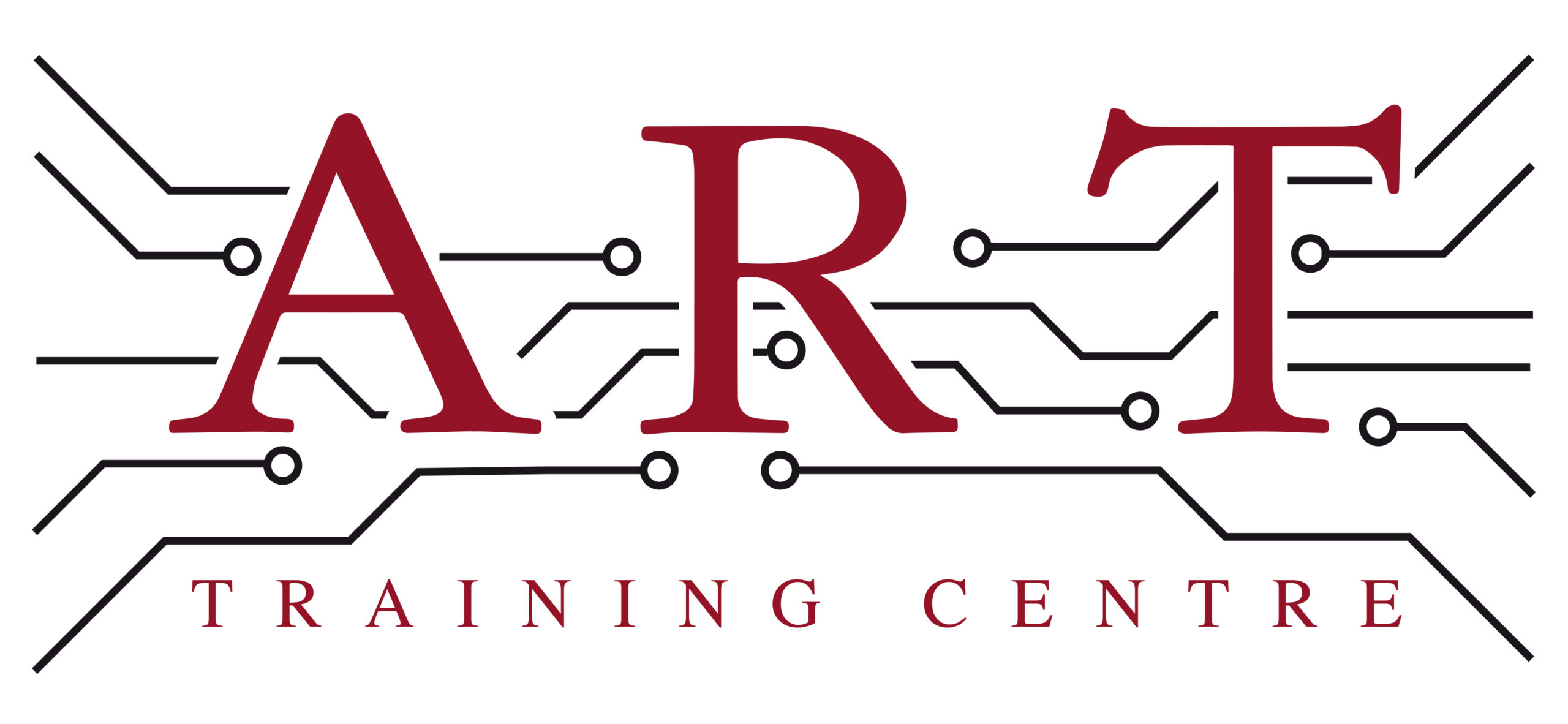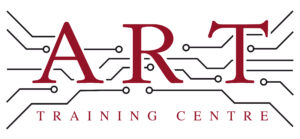Definition
Laminate is a composite material made by bonding layers of materials together, usually involving a resin and a substrate. In electronics manufacturing, it serves as an essential component for printed circuit boards (PCBs), providing insulation, structural support, and a surface for circuit traces. Its properties help ensure reliable performance and durability in electronic devices, making it a fundamental concept in the industry.
How It’s Used in the Industry
In electronics assembly, Laminate is primarily used in the creation of printed circuit boards (PCBs). The process begins with selecting the appropriate laminate material, which is then cut to size. Layers are stacked and bonded using heat and pressure, creating a solid substrate. During soldering, components are attached to the laminate surface, which provides electrical insulation and mechanical support. For rework, technicians may need to replace or repair components on the laminate, ensuring the PCB remains functional. Understanding laminate is crucial for both trainees and experienced professionals, as it directly impacts the quality and reliability of electronic products.
History & Origins
Laminate became common in electronics manufacturing in the mid-20th century, coinciding with the rise of printed circuit technology. Early adoption was driven by the need for reliable and compact electronic components. The development of industry standards, such as those from IPC (Institute for Printed Circuits), helped formalise the use of laminate materials, ensuring consistency and quality. As technology advanced, laminate materials evolved, incorporating new resins and substrates that improved performance, making them indispensable in modern electronics.
Variations
There are several types of Laminate used in electronics, including FR-4, which is the most common due to its excellent electrical insulating properties and thermal resistance. Other variations include polyimide laminates, which offer higher heat resistance, and metal-core laminates, used for applications requiring enhanced heat dissipation. Each type has specific characteristics that make it suitable for different applications, such as surface mount or through-hole technology, highlighting the importance of selecting the right laminate for a given project.
Modern Applications
Today, Laminate is integral to the production and repair of electronic devices, particularly in surface mount and through-hole assembly processes. Its use ensures that PCBs meet quality and reliability standards, which are crucial for compliance with IPC regulations. As electronics continue to advance, the demand for high-performance laminates has increased, leading to innovations in materials that enhance functionality and durability. This makes laminate a vital consideration for manufacturers and technicians alike.
Practical Tips & Training
When working with Laminate, it is essential to follow safety protocols, such as wearing protective gear and ensuring proper ventilation when handling resins. Inspecting laminate for defects, such as delamination or warping, is crucial before assembly. Useful tools include laminating presses and inspection microscopes. Structured training and certification in electronics can provide technicians with the necessary skills to effectively work with laminate, ensuring high-quality outcomes in their projects.


